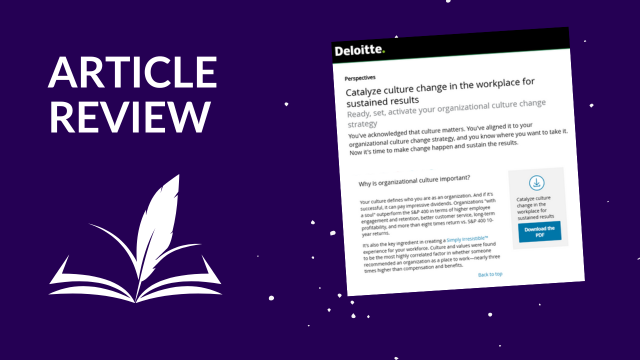Amy Edmondson, the Professor of Leadership and Management at Harvard Business School, draws an important distinction between teams and teaming in her TEDNYC talk (2017): How to turn a group of strangers into a team. It is a distinction that we—as change practitioners—can put to good use. Unless you are working with the same change professionals, the same project managers, the same leaders, and the same clients in the same organizations project after project after project, it is more likely that you are teaming rather than forming teams.
As her primary case study for teaming (“teamwork on the fly”), Profession Edmondson used the 2010 copper mine collapse in Chile that trapped 33 miners a half-mile below ground. The miners found their way to a small chamber that contained enough food to feed two people for ten days; it took seventy days to rescue them. And, it took teaming, with experts from numerous different fields—and from around the globe—coming together to solve incredibly complex problems.
Edmondson introduces what she describes as “the basic human problem: it’s hard to learn if you already know.” She identifies the importance of having teaming leaders who have “situational humility;” they know that they don’t have all of the answers and are willing to openly acknowledge that fact. And, she identifies three characteristics that are important for every member of a teaming effort to display.
- Humble in the face of the challenge ahead
- Curious about what others bring
- Willing to take risks to learn quickly
What would it take to move your next project team into a teaming effort … or even the current project team you are on now? How prepared are you to be teaming?







